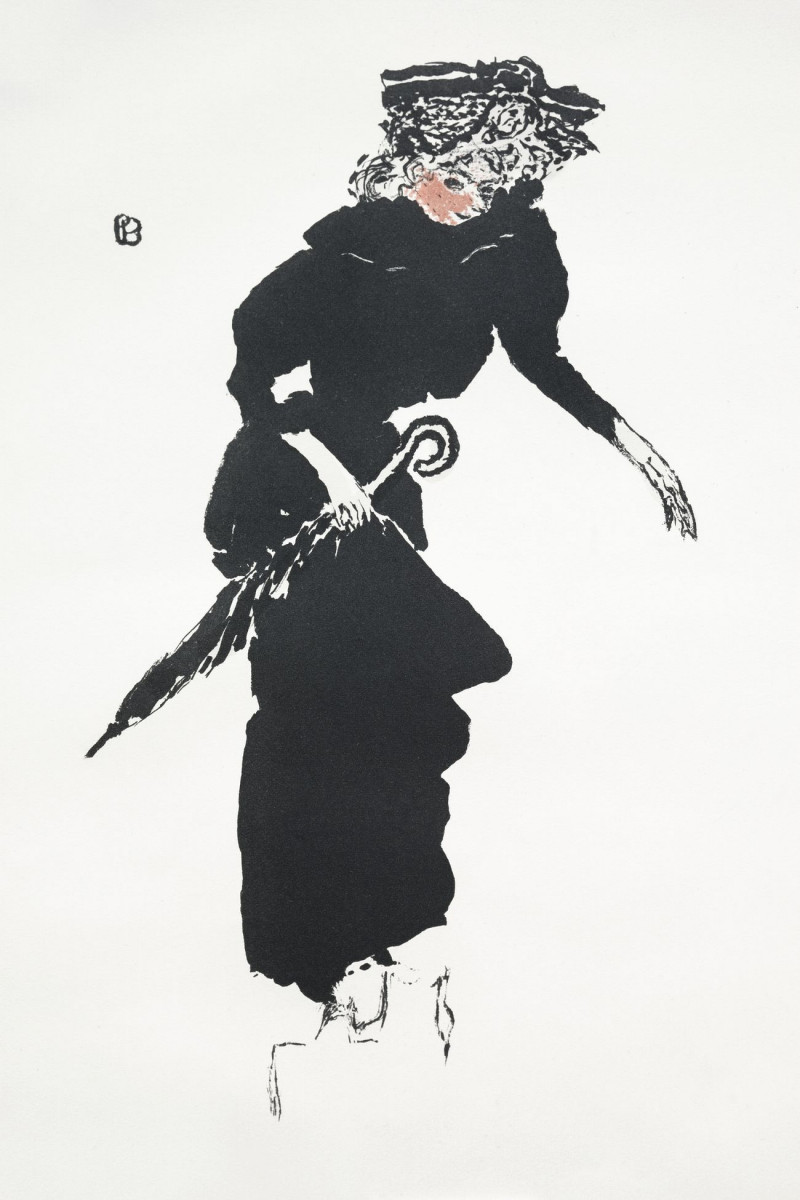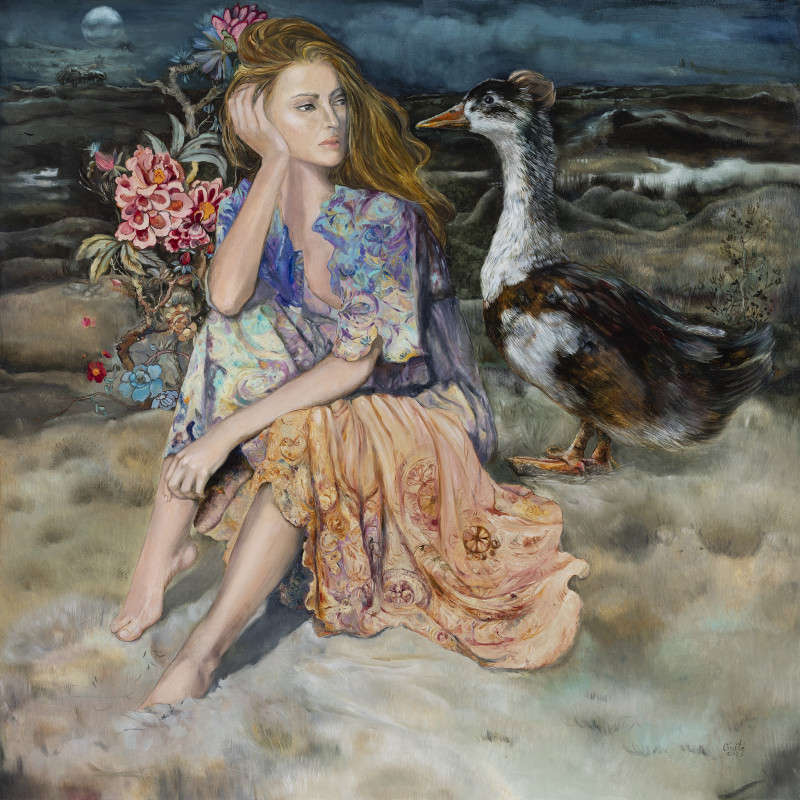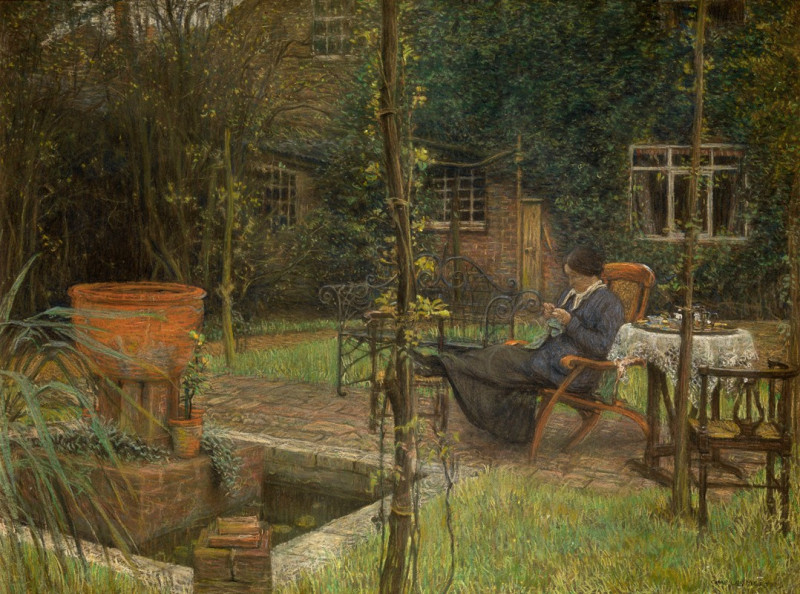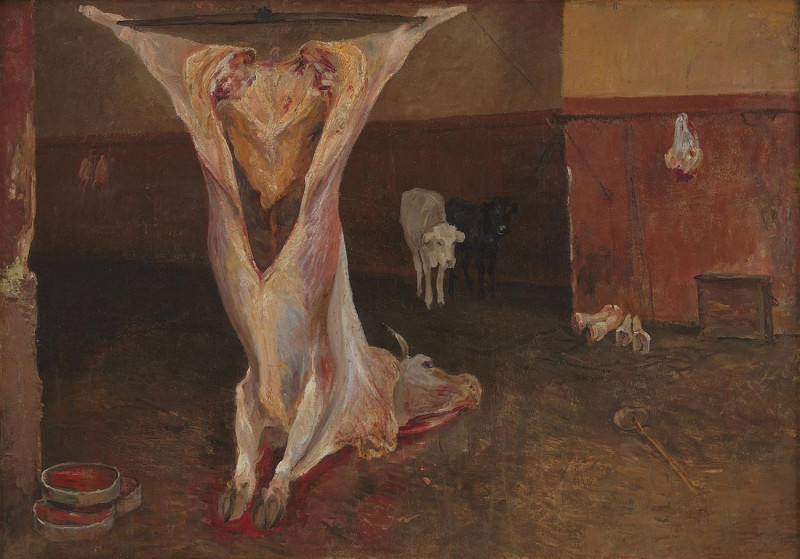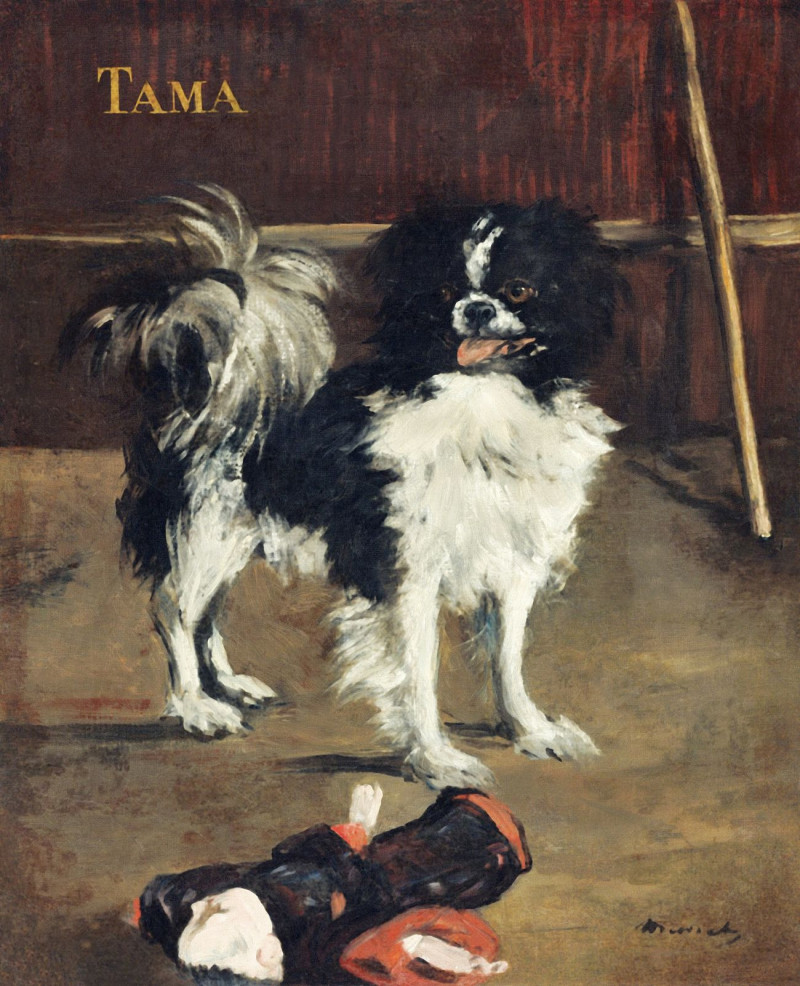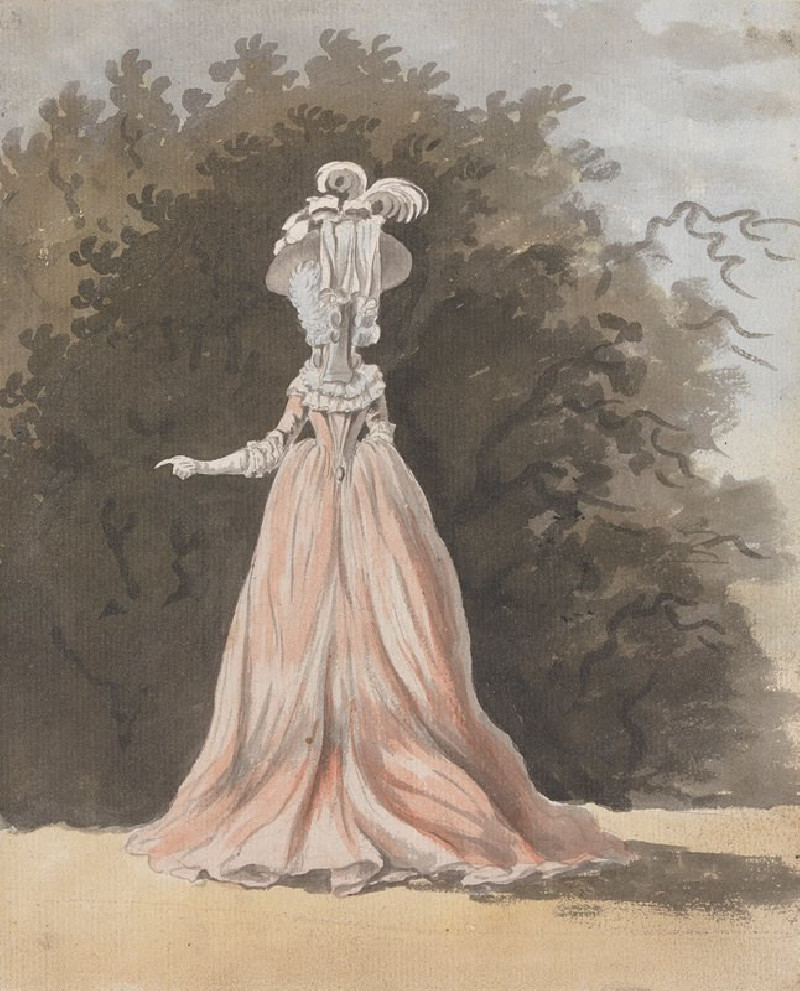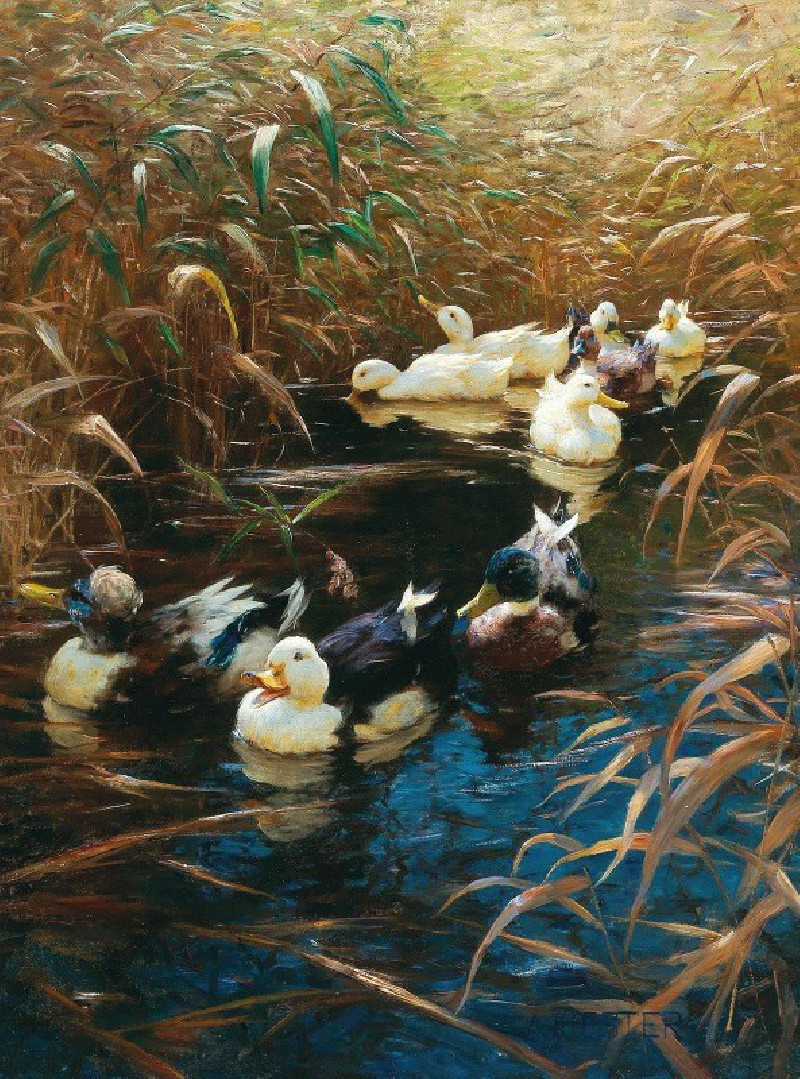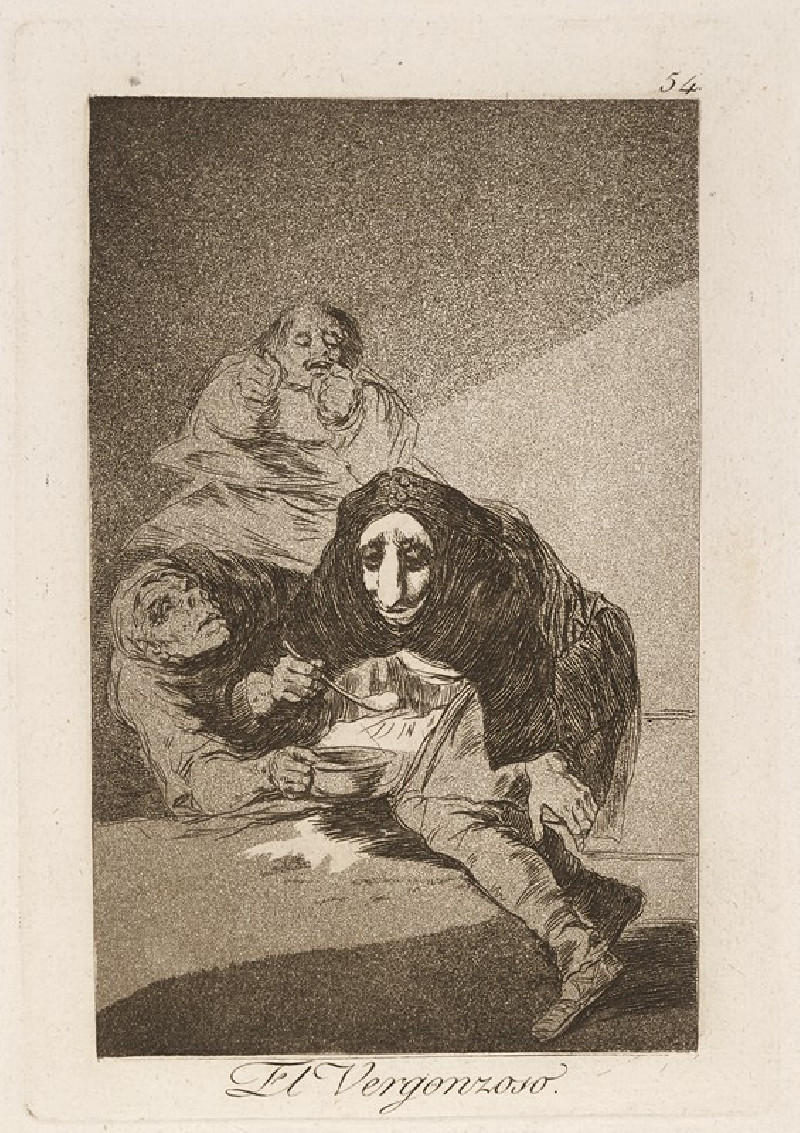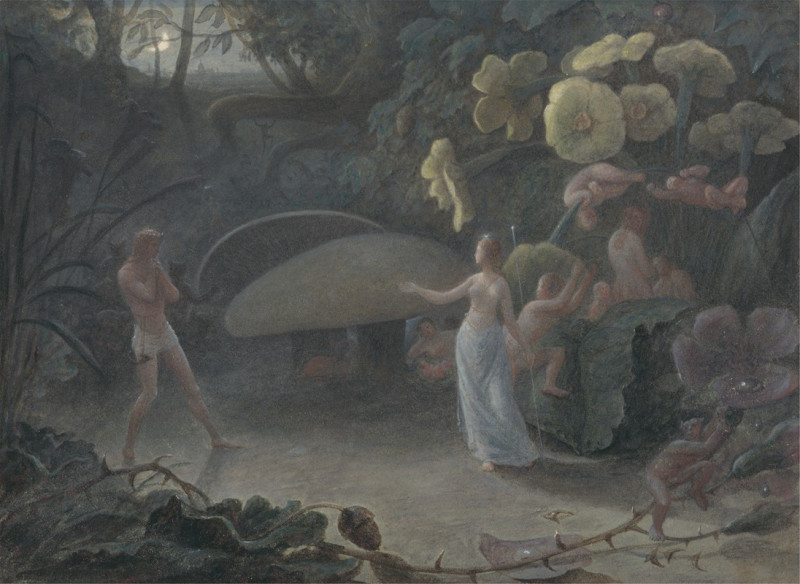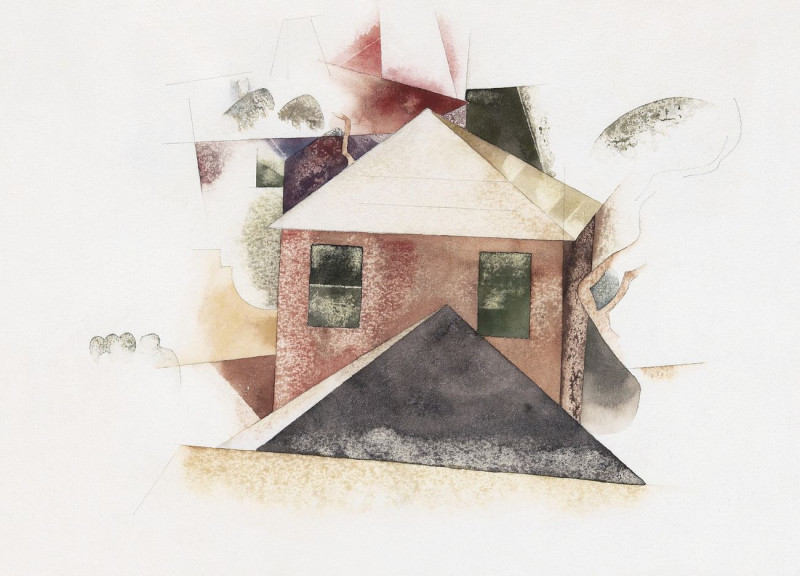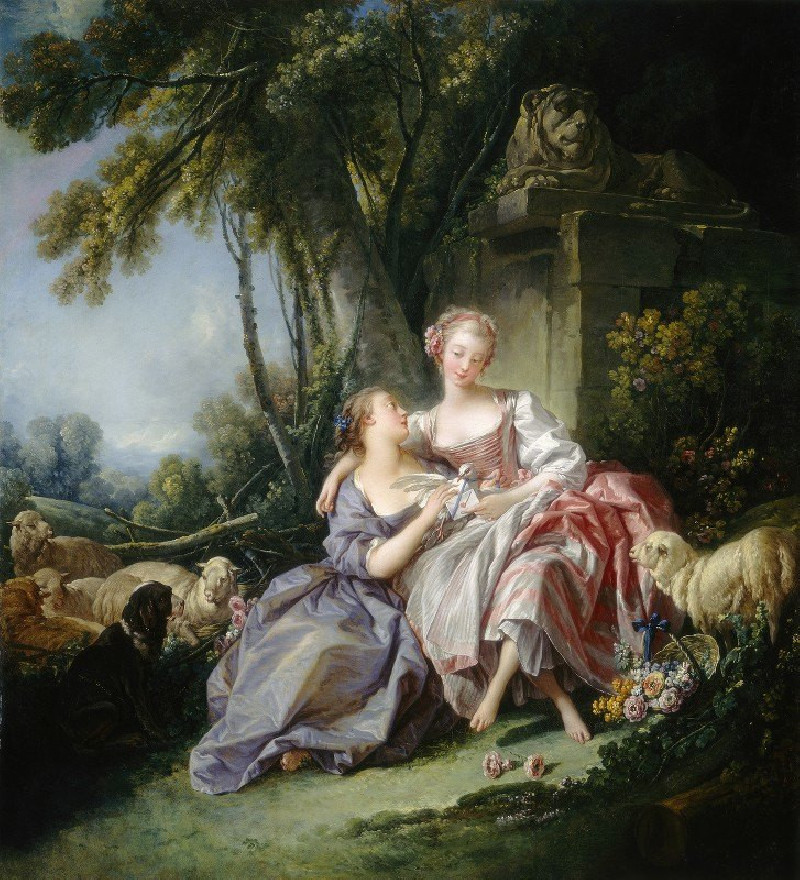Acrobats (1915)
Technique: Giclée quality print
Recommended by our customers
More about this artwork
Paul Klee's painting, titled "Acrobats" (1915), is a fascinating study of movement and form, presenting a world of abstract figures and linear expressions which depict the dynamic and fluid motions of acrobats in performance. In this artwork, Klee's use of delicate lines sketches out figures that appear both disjointed and harmoniously balanced, capturing the essence of acrobatic artistry with a striking simplicity.The use of subdued color in the background—soft washes of orange, yellow, and red—sets a warm, almost theatrical stage for the acrobats, while their bodies are rendered in thin, almost tentative, black lines. These lines map out the acrobats’ interactions and the complexity of their movements, suggesting a scene full of energy and motion without detailing specific anatomical features.Klee's ability to convey the acrobats’ performance through minimalistic and abstract representation invites viewers to engage their imaginations, filling in the gaps left by the sparse details. This piece not only showcases Klee’s distinctive style of blending color and line but also reflects his deep interest in the whimsical and child-like, which is a recurring theme throughout his work."Acrobats" is a testament to Klee's innovative approach to modern art and remains a compelling example of how abstract elements can be used to capture the fluidity and dynamic nature of human movement.
Delivery
Returns
Paul Klee was a Swiss-born German artist. His highly individual style was influenced by movements in art that included expressionism, cubism, and surrealism. Klee was a natural draftsman who experimented with and eventually deeply explored color theory, writing about it extensively; his lectures Writings on Form and Design Theory (Schriften zur Form und Gestaltungslehre), published in English as the Paul Klee Notebooks, are held to be as important for modern art as Leonardo da Vinci's A Treatise on Painting for the Renaissance.

































